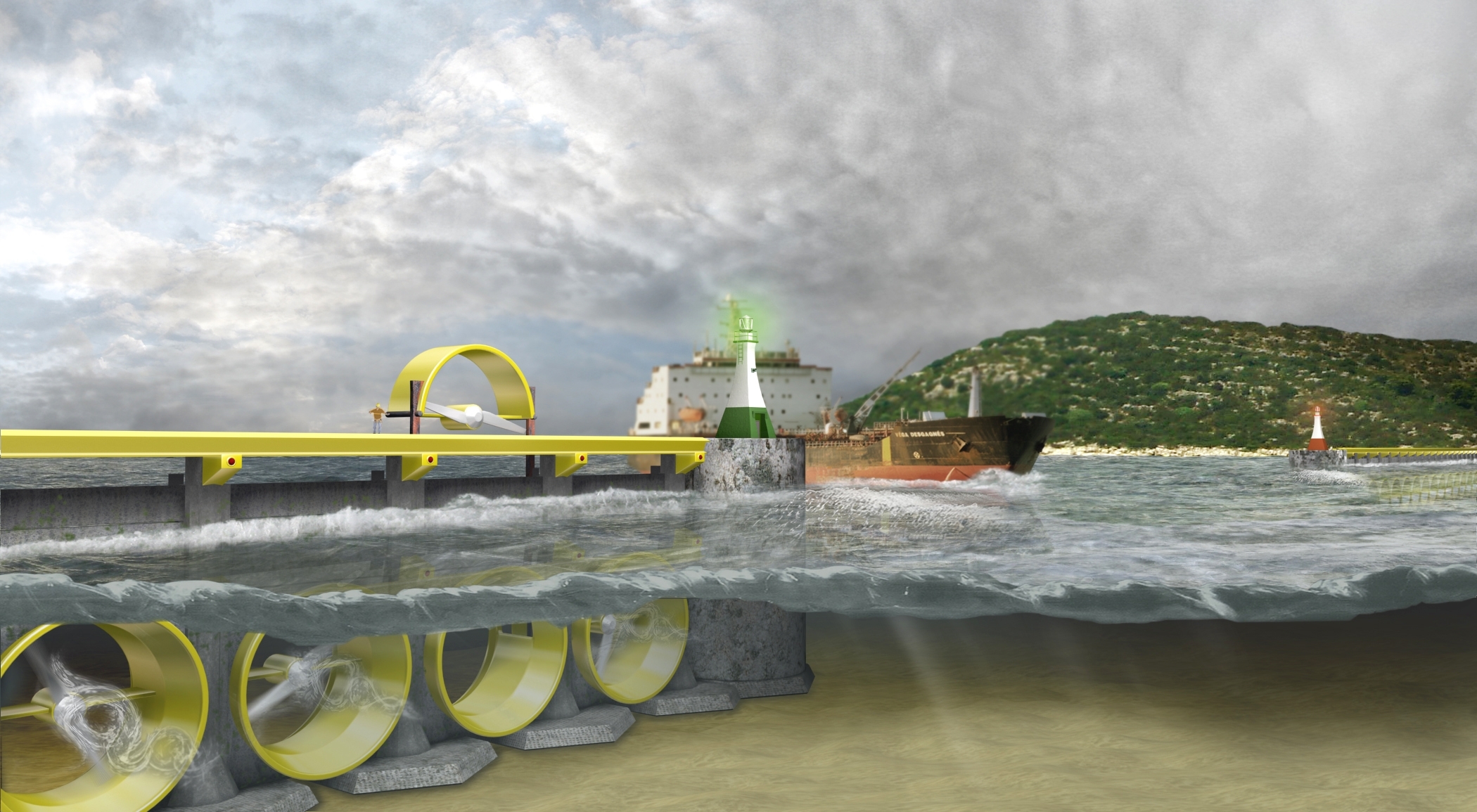It used to be said that Britain would never run out of energy or food because it was an island built on coal and surrounded by fish. Those were the days before anyone knew what the word ‘sustainable’ meant, when it must have seemed inconceivable that we could ever run out of such resources, or that consuming them was anything other than beneficial.
Incidentally, we don’t know who it was that first said that, but our news editor thinks it might have been a joint statement from Arthur Scargill and Jesus.
Now we can no longer rely on coal and the end is coming into sight for North Sea gas, we are having to make other arrangements for our energy — a matter for much controversy and debate. But there’s one resource that Britain and Ireland is rich in which can’t run out and is there for the taking, providing that the technology can be developed. It derives from our geography and the force of gravity and is, of course, the tide.
A recent report from the Royal Society in its venerable journal Philosophical Transactions A says that we’ve been underestimating the potential for tidal energy in the UK. There’s enough to provide 20 per cent of the country’s energy needs — 15 per cent from tidal barrages to harvest the power sloshing into estuaries, and 5 per cent from turbines in narrow channels with a high tidal range, such as the Pentland Firth between the north coast of Scotland and the Orkney Islands, where the Atlantic surges into the North Sea.

The tides are regular and completely predictable, says the report, which was written by AbuBakr Bahaj of the University of Southampton; and the energy harvesting technologies are within reach. ‘It is evident from recent development of single devices at megawatt scale that real progress has been made in a very short period of time,’ says Bahaj; further research needs to focus on the deployment of multi-megawatt arrays, such as how to design an array, the effect of wakes and turbulence, their impact on marine life and so on.
Hopeful signs have come from announcements such as today’s from the Crown Estate, which has indicated that it is prepared to invest up to £20m in demonstration projects; and from proejcts to map the best sites for tidal energy.
“the goal of generating 20 per cent of our requirements is worth chasing”
However, a warning note has been sounded by Prof Paul Stevens, a senior research fellow in energy and environment at Chatham House, who said last month that the chancellor of the exchequer’s Autumn Statement announcement of tax breaks for shale gas exploration could divert resources from the development of renewables to a new ‘dash for gas’.
While exploitation of tidal energy is far from easy, its reliable and quantifiable nature and apparently huge potential must surely make it a priority for investment. It’s true that the tides don’t run at the times power is needed, but this could act as a spur to development of energy storage technologies such as grid-connected flow cells, air liquefaction storage and flywheels, all of which will also find application with the less predictable and trickier output of offshore wind farms. And although the opportunities for export with tidal energy might be more limited than those for other technologies — because the potential for tidal energy depends on the shape and relative position of landmasses — the goal of generating 20 per cent of our requirements is worth chasing.





Red Bull makes hydrogen fuel cell play with AVL
Surely EVs are the best solution for motor sports and for weight / performance dispense with the battery altogether by introducing paired conductors...